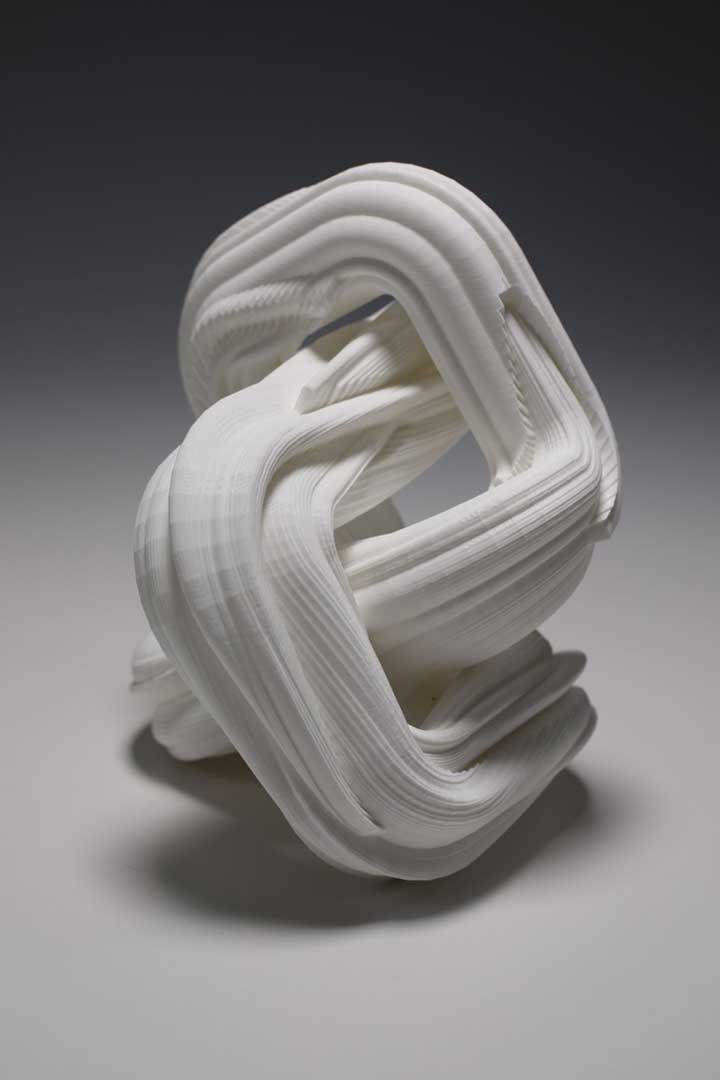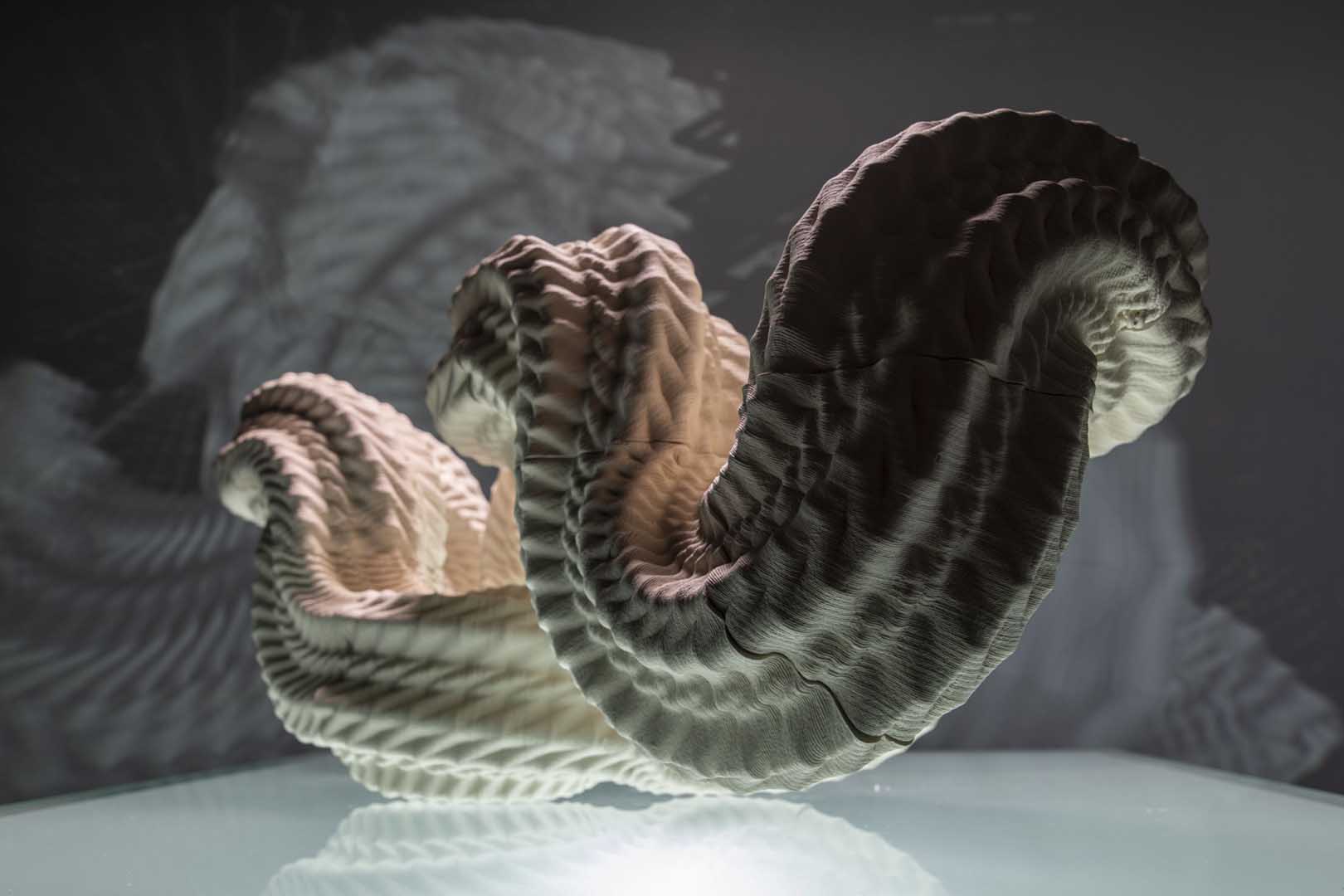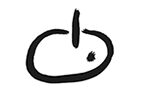Adam ABEL
dr hab., prof. ASP | PhD in Fine Arts, University Professor
Akademia Sztuk Pięknych in. Eugeniusza Gepperta we Wrocławiu | The Eugeniusz Geppert
Academy of Art and Design in Wroclaw
Kreatywne kodowanie – transformacje medium | Creative coding – transformations of the medium
BIO
[PL] Adam Abel jest artystą multimedialnym, absolwentem Wydziału Ceramiki i Szkła wrocławskiej Akademii Sztuk Pięknych. Jego artystyczne działania mają charakter interdyscyplinarny. Jako twórca zajmuje się rzeźbą w tworzywie ceramicznym i sztuką cyfrowych mediów. Od 1997 związany jest z macierzystą uczelnią. W 2005/2006 objął stanowisko „invited professor” na Uniwersytecie Kyung Hee w Korei Południowej.
W latach 2012-2020 kierował Katedrą Działań Interdyscyplinarnych w Ceramice i Szkle, a obecnie jest profesorem wrocławskiej ASP, gdzie prowadzi Pracownię Działań Intermedialnych w Ceramice. Aktualnie jest aktywnie zaangażowany w rozwój Eksperymentalnego Laboratorium Fabrykacji 3D na macierzystym wydziale oraz w opracowywanie metod twórczego wykorzystywania narzędzi cyfrowych i druku 3d.
W ostatnich latach eksperymentuje z programowaniem własnej aplikacji komputerowej wspomagającej projektowanie. Jego prace prezentowane były na ponad 100 krajowych i międzynarodowych wystawach, a tworzone przez niego animacje i krótkie formy filmowe zaistniały na licznych pokazach i festiwalach. Realizacje Adama Abla są obecne w polskich i międzynarodowych kolekcjach sztuki współczesnej między innymi: Ichon World Ceramic Center, Kyonggi Province, Korea Południowa; Centrum Sztuki WRO, Wrocław; Dolnośląskie Towarzystwo Zachęty Sztuk Pięknych, Museo Internazionale delle Ceramiche, Faenza, Włochy.
[ENG] Adam Abel is a Polish multimedia artist. He graduated in ceramic design from the Academy of Art and Design in Wroclaw . His activities are interdisciplinary. As an artists he deals with ceramic sculpture and digital media art. He has been part of his alma mater since 1997.
Between 2005 and 2006 he worked in South Korea where he held a position of Professor in the Faculty of Ceramics at the Kyng Hee University. He was the Head of the Department of Interdisciplinary Activities at the Faculty of Ceramics and Glass at the Academy of Art and Design in Wroclaw in the years 2012-2020. Currently he is a professor at the wroclaw Academy and runs the Studio of Intermedia Activities in Ceramics. He’s been actively involved in the development of the Experimental Laboratory of 3D Fabrication at his home faculty and in developing methods of creative use of digital tools and 3D printing in ceramics. In recent years, he has been experimenting with creating his own computer applications supporting the design process.
His works have been presented at over 100 national and international exhibitions and his animations and short film forms have appeared at numerous shows and festivals. Adam Abel’s works are present in national and international collections of contemporary art including: Ichon World Ceramic Center, Kyonggi Province, South Korea; The WRO Art Center, Poland; Zachęta Lower Silesia Fine Arts Association, Poland; Museo Internazionale delle Ceramiche, Faenza, Italy.
Abstrakt
[PL] Wiele osób fascynuje się nowymi możliwościami jakie daje technologia druku 3D, postrzegając ją poprzez pryzmat urządzeń , za pomocą których można zmaterializować dowolny trójwymiarowy kształt. Jednak w tym zachwycie umyka istotny fakt, że źródło twórczych możliwości nie tkwi w samym urządzeniu, a w oprogramowaniu dzięki, któremu można nie tylko wytworzyć cyfrowy model, ale również operować jego cyfrową strukturą jako medium. Już w 2011 roku Lev Manovich w swoim eseju „Tylko software” zwrócił uwagę na uzależnienie osiąganych rezultatów od funkcji jakie udostępniane są użytkownikom aplikacji, które pośrednio narzucają zakres operacji możliwych do wykonania. Określając ten stan jako „uwięzienie w softwerze” zachęcał do programowania własnych aplikacji, które umożliwiłyby wyjście poza narzędzia definiowane w programach tworzonych przez innych.* W swoim wystąpieniu odnoszę się do autorskiej eksperymentalnej aplikacji, nad którą
pracuję od kilku lat. Budowana jest ona częściowo intuicyjnie na platformie programistycznej Processing i rozwinęła się z pomysłu stworzenia wirtualnej interaktywnej formy o transformującym się układzie i strukturze. Jej pierwotna postać wyewoluowała w stronę komputerowego narzędzia, wspomagającego algorytmiczne projektowanie moich prac. Dla zobrazowania uzyskanych rezultatów przedstawiam przykłady tych obiektów wykonanych w technologii druku 3D, których cyfrowa anatomia opiera się na opracowanym przeze mnie kodzie. Dzięki niemu operuję bazową strukturą cyfrowego medium, które kształtuje specyficzną estetykę formy, a zastosowanie technologii druku o dużej precyzji odsłania ślady tworzących ją algorytmów.
Odnoszę się również do materiału jako istotnego elementu wpływającego na estetyczny wyraz prac. W tym aspekcie zwracam uwagę na kwestie przełamywania ograniczeń wynikających ze stosowania narzędzi cyfrowych w starciu z materią ceramiczną oraz ich wpływu na współczesną sztukę ceramiki.
* Lev Manovich, Tylko software, z katalogu 14 Biennale Sztuki Mediów Alternative Now pod redakcją Piotra Krajewskiego i Violetty Kutlubasis-Krajewskiej / wydawca: The WRO ART CENTER / Wrocław 2012 / ISBN: 978- 83-929186-4-6 / str. 82
[ENG] There is a lot of people fascinated by potentials given by 3d printing technology. Some of them perceive it mostly through the prism of devices which enables materializing almost any three dimentional shape. However, they are losing sight of the fact that the source of creative possibilities is not in a device as such. The true possibilities lie in software enabling not only to shape a digital model but also to manipulate its digital structure as a medium. In 2011 Lev Manovich in his essay “There is only software” pointed out that the achieved results depend on functions which are made avaiable to users and indirectly impose and limit range of operations which can be performed. Manovich, by describing this state as a “prison–house” of software, encourage to programming own aplications situated beyond tools and programs created by others.*
Following this idea I am refering to my experimental application I’ve been developing over recent years.
It has been built, partialy intuitively, on the programming platform entitled Processing. It began with the concept of creating a virtual form where directions and structures would have been interactivly changed by users. Its original appearance has evolved toward personal app aided algorithmic design of my works.
To illustrate the achieved results I am presenting examples of those 3D printed objects in which a digital anatomy relies on the personally drafted code. Thanks to that I am able to manipulate the basic structure of the digital medium. It allows to generate characteristic aesthetics and reveals the traces of algorithms that make it up.
I am also refering to the material as a one of the substancial factors affecting the aesthetic expression of my works. In this regard I am pointing out the issue of overcoming the limitations of ceramic matter in confrontation with digital tools and their influence on the contemporary art of ceramics.
* Lev Manovich, There is only software, from catalogue of 14th Media Art Biennale Alternative Now edited by Piotr Krajewski and Violetta Kutlubasis-Krajewska / publisher: The WRO ART CENTER / Wrocław 2012 / ISBN: 978-83-929186-4-6 / page 22



